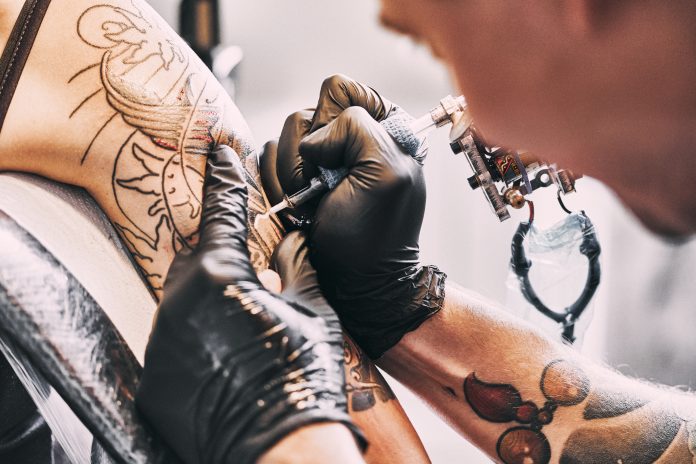Are tattoos more dangerous than we think? Researchers have revealed the microbial content present in commercial tattoos and permanent makeup inks
Led by Dr. Seong-Jae (Peter) Kim from the U.S. Food and Drug Administration, the study is the first comprehensive investigation into the presence of both anaerobic and aerobic bacteria in tattoo inks available on the U.S. market.
The study marks the first comprehensive investigation into the presence of both anaerobic and aerobic bacteria in tattoo inks available on the U.S. market.
The hidden risks of tattoo inks
The study, aimed at assessing the prevalence of microbial contaminants examined 75 tattoo inks from 14 different manufacturers.
35% of these inks were found to be contaminated with bacteria. It was also found that the bacteria included types that thrive in oxygen-rich (aerobic) environments as well as those that thrive without oxygen (anaerobic), which are particularly suited to survive in the dermal layers of the skin.
Dr. Kim noted that the combination of tattoo inks could potentially lead to infections in individuals receiving tattoos or permanent makeup. Therefore it’s important to monitor these products to ensure their safety.
Microbial infections caused by tattoo inks
The study also looked into the assumption that product labels claiming sterility necessarily equate to the absence of bacterial contamination. According to Dr. Kim, “There was no clear link between a product label claiming sterility and the actual absence of bacterial contamination.”
The rising popularity of tattoos in recent years has coincided with an increase in complications and adverse reactions associated with them.
Microbial infections are just one part of these issues; other complications include inflammatory reactions, allergic hypersensitivity, and toxic responses. Dr. Kim urged continuous vigilance in monitoring tattoo inks to mitigate these risks.
Ensuring tattoo ink is safe in the future
Looking ahead, Dr. Kim and his team plan to advance their research in two key directions. Firstly, they aim to develop more efficient methods for detecting microbial contaminants in tattoo inks, enhancing speed and accuracy while reducing labor intensity.
Secondly, they intend to delve deeper into understanding the occurrence, co-occurrence, and diversity of microbial contaminants in these products.
The implications of this research are not to dissuade individuals from getting tattoos but instead to raise awareness about the importance of choosing reputable tattoo artists who prioritise hygiene and using safe tattoo inks. Ensuring the microbial safety of tattoo inks remains paramount to protecting public health.











